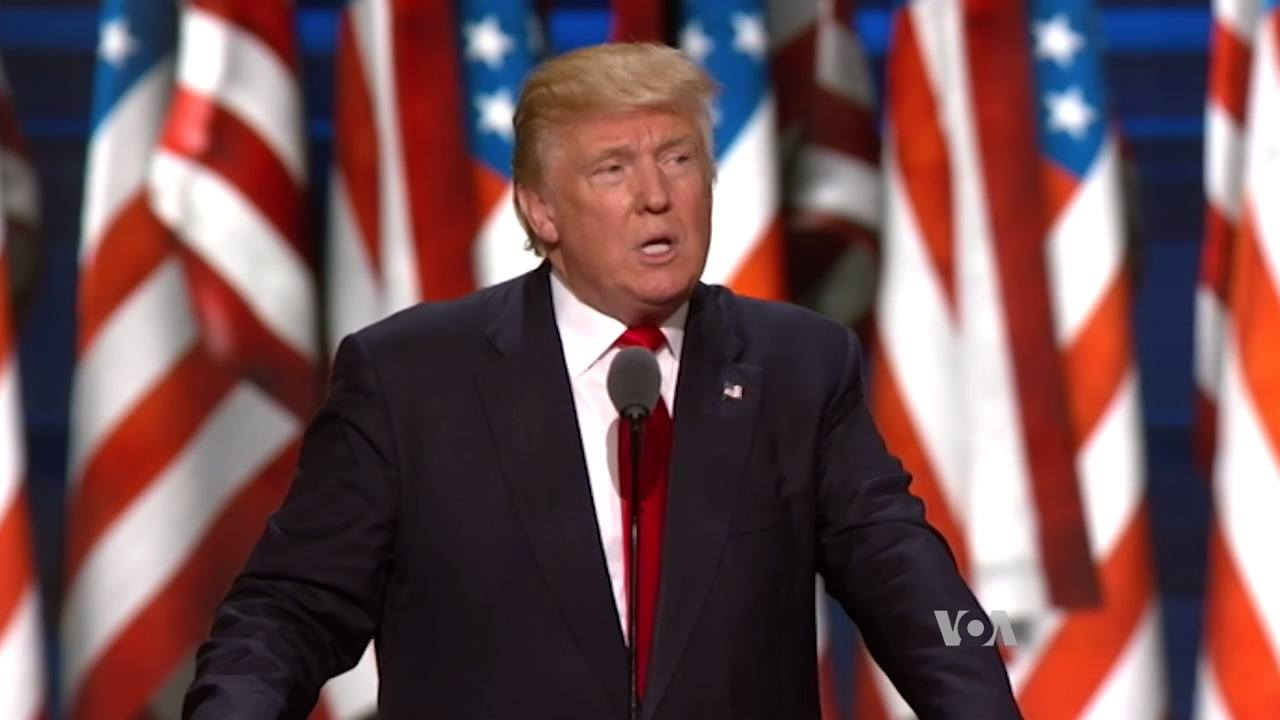By Jon Harris:
For the last eight years, spinners of various conspiracies have had a field day. Under the outgoing president, they found fertile ground for all sorts of impending disasters. Many of the right-leaning groups saw Barack Obama as the ultimate catalyst for the fall of the Republic. They found his presidency ripe with ideas and tidbits to cause alarm in the paranoid fringe, as well as a boon to the ideology of armed militias, survivalists, and anarchists. Many of these groups operated under the guise of patriotism and standing to protect the citizens from the government. Interestingly, when looking at the numbers of these groups, they coincided with the political party of the president. Once Barack Obama was elected, the number of anti-government groups climbed from 149 to 512 between 2008 and 2009 and peaked at 1,360 in 2012 (Barack Obama’s second term).
The Southern Poverty Law Center qualifies militias as anti-government groups that undergo weapons training. By 2014, the SPLC rated them as comprising 23% of all anti-government groups. Fears of the government merged with a racial component that feared an African-American president. Add to this possible gun control legislation and the concerns of the militias were reenergized.
The central point of militia ideology is the supremacy of local rights over the rights of the federal government. Many hold that county government is the ultimate authority over the national government. Patriot group members, who are mainly staunch second amendment activists, take that as their central reason for existing. Their view is that the only people who can prevent the federal government from imposing its will on wary civilians are armed citizens. When these groups ban together, it is usually because they feel the government has gone too far. This has given rise to organizations such as the Constitutional Sheriffs and Police Officers Association, the Three Percenters, the Minute Men, and several other groups. Law enforcement officials such as Sheriff Joe Arpaio of Maricopa County (Arizona) and Sheriff David Clark of Milwaukee (Wisconsin) bolstered their viewpoints with their very public memberships in such groups. These officials fanned the flames of ultra-conservatism and gave a very visible face to those who felt that the government was out of control.
As of this writing, Sheriff Joe Arpaio lost his bid for reelection and is facing criminal contempt of court charges.
When the military ran the Jade Helm 15 training exercise in 2015, conspiracy theorists sounded the alarm that the military was practicing for martial law. Many saw the training exercise as Barack Obama’s move to become a dictator and do away with democracy. Jade Helm 15, held in several states to include Texas, set the conspiracy world on fire. Alex Jones, who has built an empire on government conspiracies, led the charge on his talk radio and internet show, Info Wars. Even Texas Governor Abbott became a player in the madness and activated the Texas State Guard to “monitor” the military. The anti-government feelings—and more to the point, the disdain and distrust of President Obama by so many—helped to fuel the fire.
Being in law enforcement in Texas during this time, I received several calls to my home from panicked citizens asking if they should hide their weapons because they had heard that “Obama’s army” was coming to take them. I was told, and I verified, that the local sheriff was organizing a militia to protect the county residents from the coming military invasion. This was insane. To me, this was unbelievable that ordinary people could actually believe that something like this was happening. It got so out of hand that the US Army sent personnel to address the County Commissioners Court in Bastrop, Texas to try to dispel the rumors. In that meeting, one attendee asked, “When we have a federal government that cannot tell the truth, how do we know that what you’re saying is true?”
In response, US Army Lt. Col. Mark Lastoria indicated that the operation was a product of the Army, not politics. LTC Lastoria stated, “You may have issues with the administration. So be it. But this institution right here has been with you for over 200 years. I’ve worn this uniform across five different administrations for 27 years.”
In the end, there was no martial law, Texas was not invaded by the military, closed Walmart stores were not converted to FEMA concentration camps, and the federal government did not break into citizens’ homes and confiscate their guns as had been warned would happen.
Now, with President Trump in office and many of the theories the militias touted no longer the case, they will look to new enemies. The two prominent themes now are the impending Sharia law courts taking over the US and the runaway immigration across the southern border. This has become a new rally point for these groups.
In addition to the militias, there is an entire industry catering to the survivalist mentality and “Preppers” preparing for the end of the government, martial law, or the inevitable zombie apocalypse. This industry is also looking for a new reason to exist. Following the change in the political landscape, they have been seeing a drop in interest in preparing for Obama’s America. They are now shifting their focus to fears of radical Islamic attacks, or most recently, the imminent Russian attack. The actions President Obama took against the Russian government as punishment for alleged Russian involvement in the 2016 election adds credence, in their view, to these scenarios.
Why is it that we have seen this rise in conspiracies, fear, and mistrust of the federal government and the sometimes-armed preparations to resist it? It is a matter of people feeling they are no longer in control; people have lost trust in their government. The issues cut both ways. Some fear the government can no longer protect them and their way of life—enter the fear of unregulated immigration and the Russian hacking of the elections. On the opposite side, there is fear of the government taking too much control and declaring martial law, forced confiscation of weapons, FEMA internment camps, or false flag events to set up complete government takeover of private lives. The common thread is lack of control.
President Elect Trump tapped into this fear. With his staunch support of the second amendment, his stance on immigration, and his position on radical Islam, he not only spoke to the party base inside the Republican party but to those on the outer fringe. He was preaching to the choir. The ultra-conservatives had their standard-bearer, and they came out and supported his election.
Ironically, many of the positions the alt-right have adopted—as well as the Tea Party, a driving force within the conservative movement—share a number of common factors with the conspiracy theorists. All of these sectors of the electorate share a distrust of government overreach. They worry that the federal government did not have the country’s best interest at heart under the previous party, and they made their feeling known with their votes.
Under President Trump, we will most likely see a decline in the anti-government groups that became so prevalent during Barack Obama’s administration. If he can restore trust in the federal government, the conspiracy groups may lose most of their relevancy.
Of course, if the zombies show up, all bets are off.
Jon Harris is an OpsLens contributor and former Army NCO, civilian law enforcement officer, and defense contractor with over 30 years in the law enforcement community.

















